The Nosey Chef loves European street food. You can keep all that fancy Asian stuff, and just give us a hot meat pie or some kind of ‘meat in tube form.’ Copenhagen has the hapsdog, Vienna has the käsekreiner, and Berlin has the all-conquering currywurst.
On 2 May 1945 Russian troops fighting in the Berlin Strategic Offensive finally took Berlin. That evening Generals Hasso von Manteuffel and Kurt von Tippelskirch formally surrendered to the US Army. The war in Europe was over, Hitler had been shot and burnt to a crisp three days earlier, and Berlin was almost completely destroyed with an estimated 10,000 civilian dead.
After the cessation of hostilities, Berlin was carved up into sectors of control. The Russians had the Eastern and central parts of the city up to the Tiergarten. The Americans controlled the South-west. The French were in the North, and the British were looking after Spandau, Charlottenburg, Wilmersdorf and Tiergarten in the West. These divisions resulted in a clash of cultures and cuisines that remain to this day. Among these collisions of regional foodstuffs, one of the most celebrated is the coming together of bratwurst and curry.
Finding the history of currywurst is made easier by the baffling fact that a dedicated currywurst museum exists. The story goes that Herta Heuwer (confusingly born in Kaliningrad, Russia) created the dish on the corner of Kantstraße and Kaiser-Friedrich-Straße in the British-controlled Charlottesburg district of the city. The museum tells us that Frau Heuwer did a trade with British troops to get hold of the ketchup and curry powder needed to create currywurst. Her ‘Chillup Soße’ was patented in 1959, and the original recipe was never revealed. There is a further invention claim from Hamburg, which suggests that the Brits were swapping curry for stuff in other locales too, but this story occurs in a fictional novel by Uwe Timm, so we are not attributing any credence to that.

Herta Heuwer (1913–1999) – inventor of the currywurst
There are now so many Berliner food stands selling currywurst, each with its own recipe, it is impossible to tell which version may be the original. Therefore, The Nosey Chef has gone looking at a few recipes and has come up with the version on this page. Having visited Berlin and tried the famous currywurst from the hugely popular Curry 36, we can tell you that ours is a pretty good edition and well worth making if you fancy something both simple and inexplicably fine.
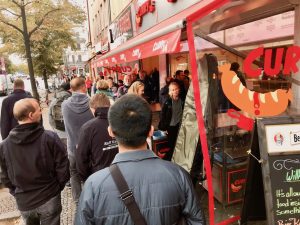
Standing in line at Curry 36
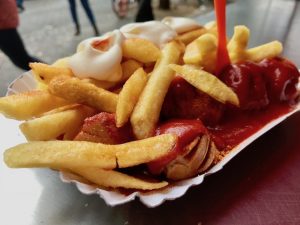
Currywurst and fries from Curry 36
The Deutsches Currywurst Museum® can be found at Schützenstraße 70, 10117 Berlin, Germany, just 100 metres from the old Checkpoint Charlie. Open 10am–6pm daily. €7–11. Children below 6 years go free.
Curry 36 is at Mehringdamm 36, 10961 Berlin, Germany.
Currywurst
Ingredients
- 20g butter
- 20g onion, minced
- 7g paprika
- 30g mild curry powder
- 450g tomato ketchup
- 250ml water
- 1 tsp Worcestershire sauce
- 1 tbsp neutral oil
- 8 bratwurst (a decent pork sausage will do for those struggling to find bratwurst)
Instructions
Heat the butter in a saucepan and add the onion. Cook the onion on low for about 5 mins.
Add the spices and mix to coat the onion. Cook for 1 minute.
Add the ketchup, water and Worcestershire sauce, and simmer on low for about 20 mins until thickened. Set the sauce aside.
Set an oven to 200˚C
Heat the oil in a frying pan and brown the sausages. Transfer to the oven for 20 mins. Warm the sauce.
Serve the sausages hot with the sauce drizzled over, with an additional sprinkling of curry powder. If you are intending to walk about the streets of a frozen European capital city with your currywurst, then chop the sausages up before pouring the sauce over.
Notes
Bratwurst can be a sod to get hold of outside of Germany. If you can't get it, use any good pork-based sausage, e.g. Cumberland. Currywurst is traditionally served with chips (French fries). Curry 36 sprinkle their curry powder over the bratwurst before slathering the sauce over the top. They then sprinkle the French fries with more curry powder, and squeeze on some mayonnaise.

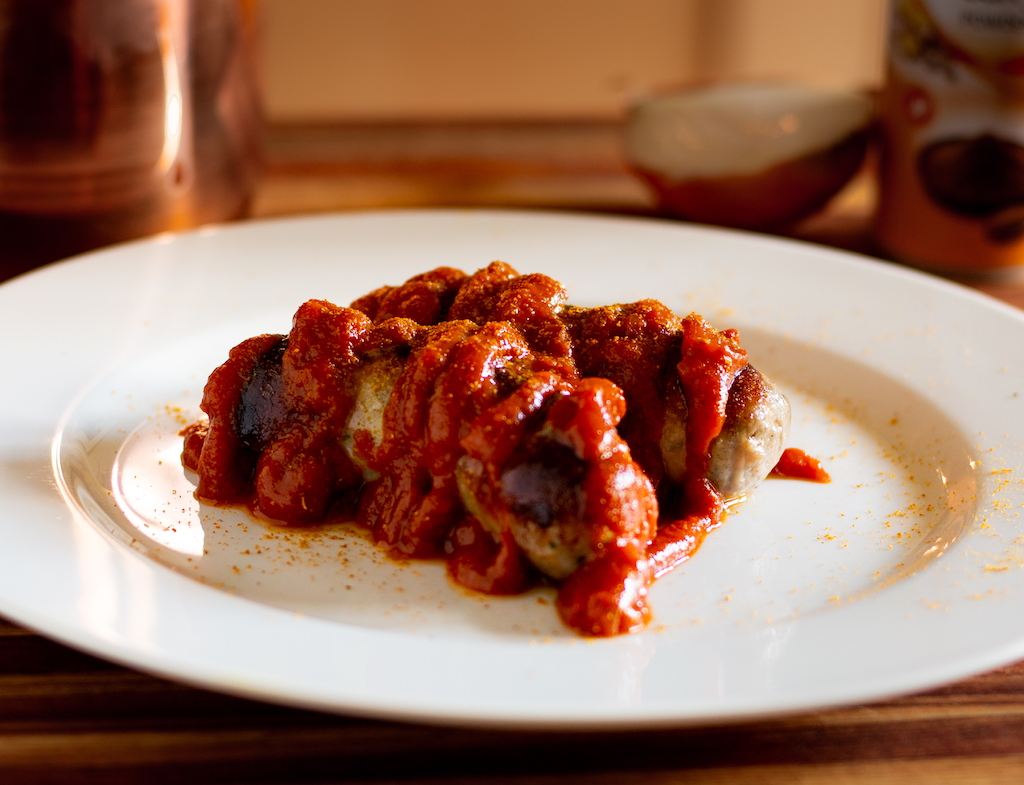

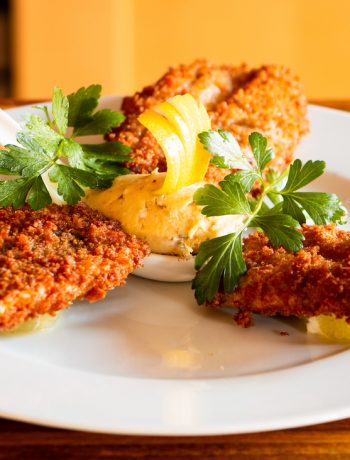

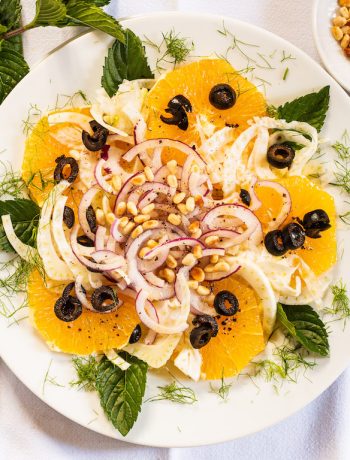
1 Comment
Andy B
27/11/2022 at 5:42 amPeople shouldn’t be confused by the fact that Herta was born in Kaliningrad. Until 1945 it was called Königsberg and was part of Germany.